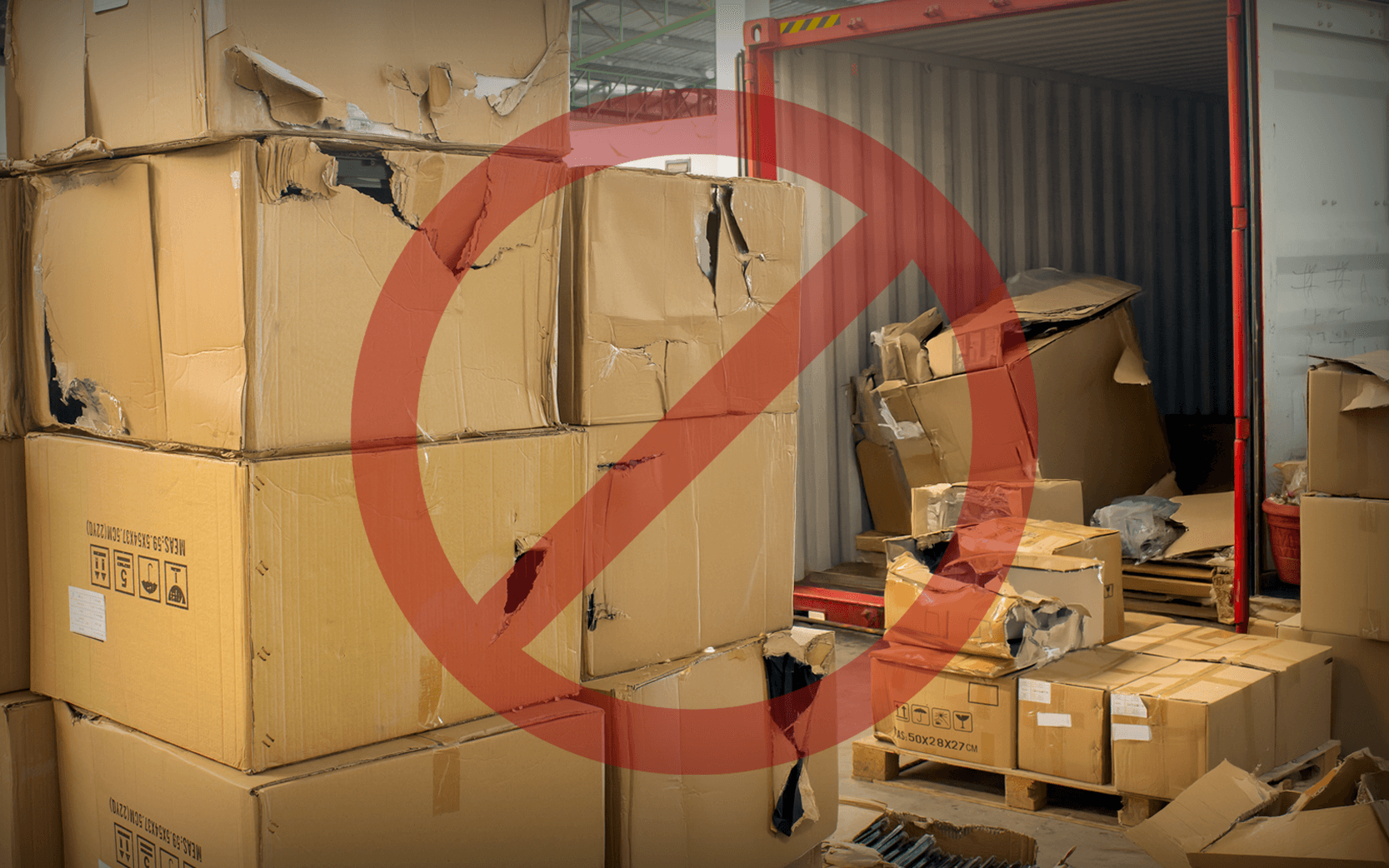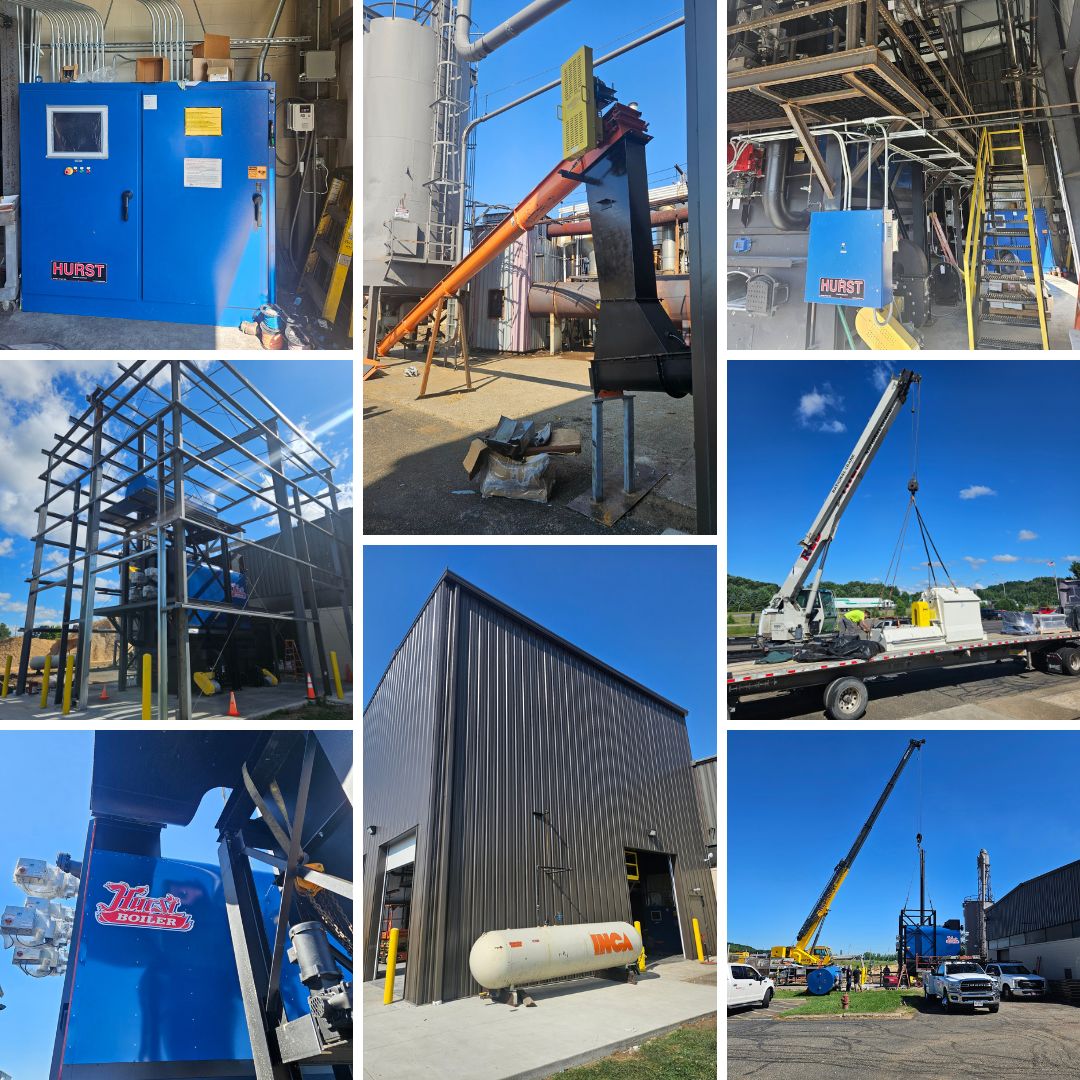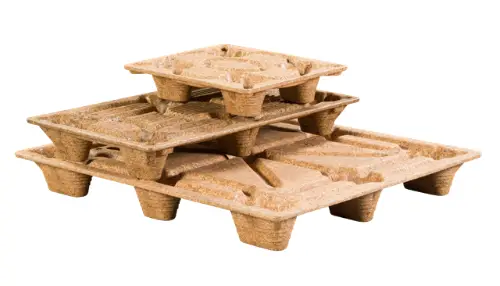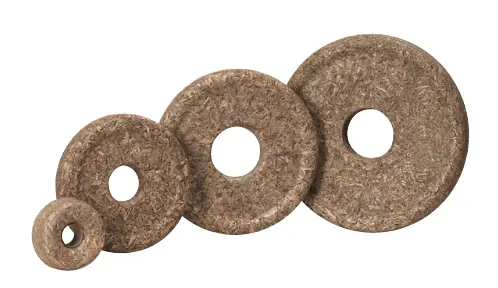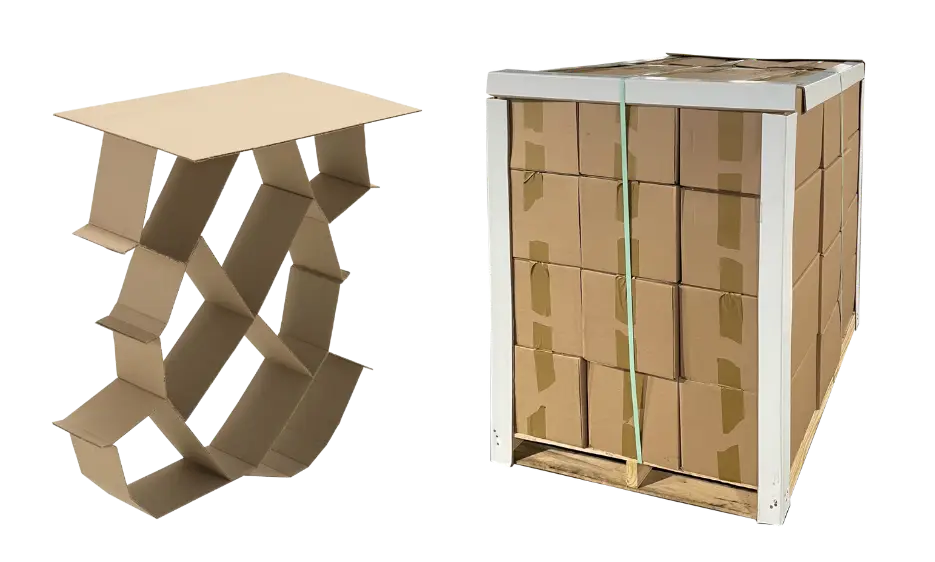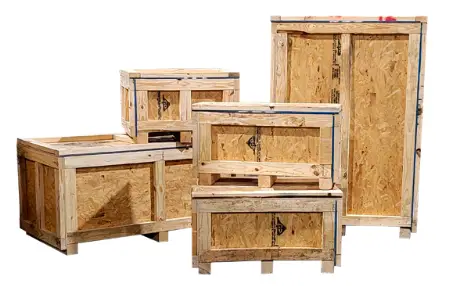We have arrived at the dawn of a new age of pallet marketing where “less” is becoming a popular area of consideration for decision makers in the logistics and materials handling fields. Although much of today’s promotional pallet literature still touts more – more size and material choices, greater strength, or increased resistance to mold and insect infestations – the notion of less is taking off in marketing circles. Nowhere is this better illustrated than in the carbon footprint discussion, as Rick LeBlanc suggests in a recent article appearing in Pallet Enterprise.
In our industry, carbon footprint is best defined as the amount of CO² created and released into the atmosphere during the life cycle of a pallet. From the time a tree is harvested and transported to the saw mill until the spent pallet is discarded in a landfill, the meter is running and the carbon gasses believed to contribute to global climate change are adding up. Slowing this meter, or in scientific terms, reducing the carbon footprint associated with pallet use, may be a key strategy in the fight against global climate change and decision makers at companies such as IKEA and Unilever are taking note.
Swedish-based IKEA recently affirmed its commitment to sustainability and carbon footprint reduction by beginning the transition from wood to paper pallets. Although the paper pallet has yet to be crowned king at IKEA, this move has eliminated 50,000 truckloads. Spent paper pallets are now placed into baling machines and recycled, eliminating the need to load and transport empty wooden pallets back to key distribution points. Although this strategy has reduced pallet haulage, it is still unclear whether the use of paper pallets has actually reduced IKEA’s overall carbon footprint.
Another illustration of this new era is the Carbon Neutral pilot program being explored by CHEP and Unilever. The greenhouse gasses associated with the manufacture and Unilever’s use of CHEP pallets are offset with the purchase of carbon credits. The end result is a so-called carbon neutral pallet which CHEP hopes will appeal to other companies interested in sustainability. The Canadian Pallet Council’s Electronic Container Transfer system, which rectifies pallet exchange balances without the use of physical, over-the-road hauls and transfers, and Axios Mobile’s carbon credit program are two additional examples of initiatives designed to lower the carbon footprint associated with pallet use. In the Pacific Rim region, returnable packaging giant Loscam is now offering more sustainable pallet options to its customers. According to Loscam officials, nearly 90% of the lumber used in their pallet production comes from certified sustainable plantation timber. The company also stresses recycling and education initiatives to help customers extend the useful life of their pallets.
Some skeptics may question existence of global warming or the supply chain’s effect on climate change, but there a few basics we can all agree on. Manufacturers are under increased pressure to reduce logistics costs and create safer work environments. Litco has offered lighter, safer, nestable, presswood pallets made from recycled wood and waste wood for over 30 years, long before terms such as carbon footprint and sustainability became fashionable. Whether reduced logistics costs or carbon footprints and sustainability are your primary concerns, we welcome the opportunity to explain how our pallet solutions may help you achieve your goals. To learn more about presswood pallets, contact Litco International for more information.

